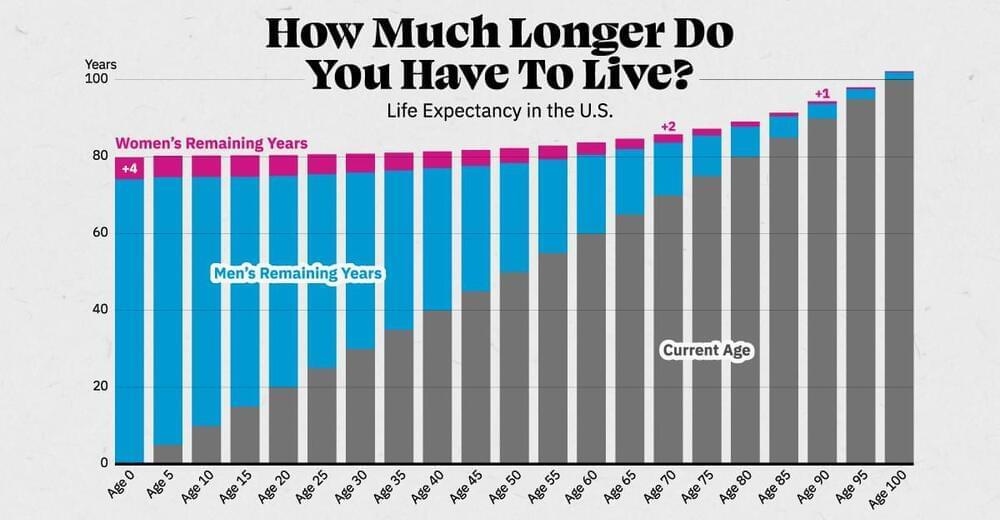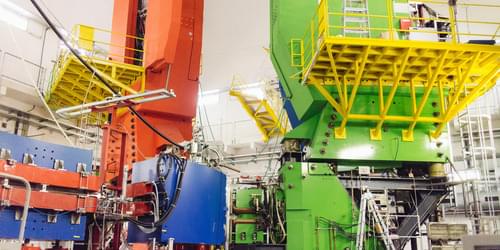Have you ever felt you were being watched? Almost everybody has. It’s a scientific phenomenon that is universal.
More than 80 per cent of women, and nearly three-quarters of men, questioned in Britain, the U. S. and Scandinavia, say they have experienced it — turning around to find someone staring at them, or looking at someone from behind who turned and looked back.
Numerous studies have proved that the sensation can be reproduced under rigorous laboratory conditions. Those who watch people for a living, such as private detectives and celebrity photographers, have no doubt it’s real. Professionals who use long-range lenses, including paparazzi and snipers, know the moment when the target senses their gaze and looks straight at them.




